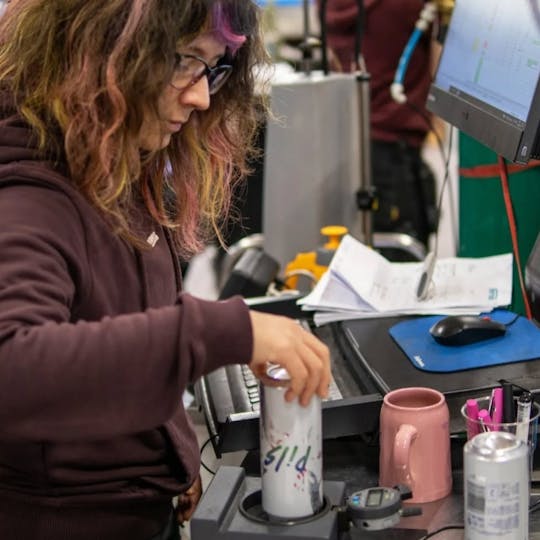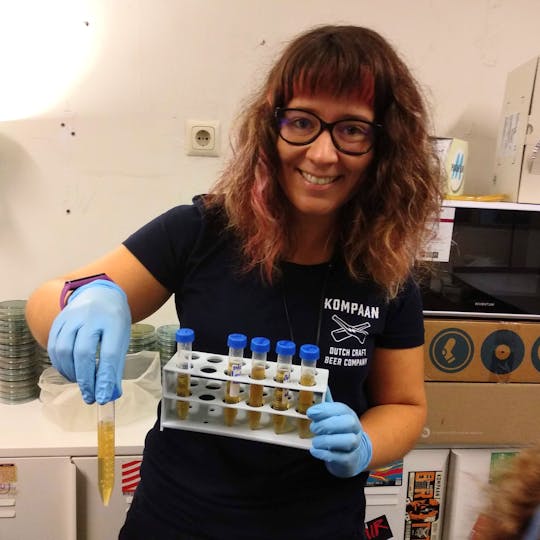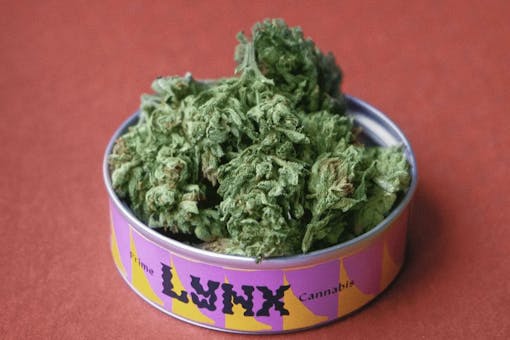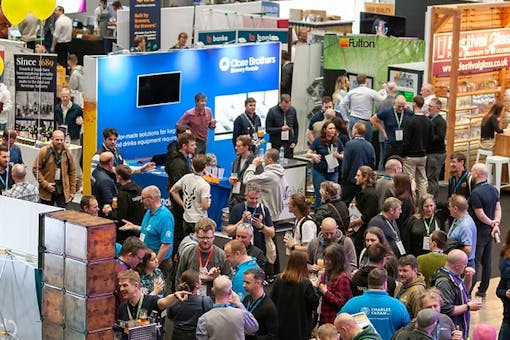

In this first of a new series of interviews with industry experts from a range of packaging related specialisms, Innovus Engineering’s Francesco Lo Bue, an ex-brewer himself, speaks to Lara Borges – a Craft Beer Quality Consultant based in Barcelona and working with clients across the European craft brewing scene. Their conversation spanned a range of topics from controlling and measuring DO and TPO, to general packaging line best practices and much more…
Francesco: What’s one of the biggest challenges you’ve faced while working with a canning line?
Lara: I’ve had a few to say the least, especially with a high number of filler heads and more than one seamer. To make sure that sampling was as random and representative enough of the whole line and run, you must have a high number of quality checks (cans), which translates into product that isn’t going to be sold. This represents a challenge when you have small product volumes to package and when you have different product styles that behave differently due to their inherent specs.
Adjusting the height of the bubble breaker to make sure it is contributing to reduce DO and not the other way around. Reducing the number of cans wasted at the beginning because the DO was often too high. Having the seam checks done prior to running beer, so that issues are detected before you’ve packaged a layer of the pallet.
What are the key parameters you check to ensure low DO pick-up during your canning run?
The one variable that is common to any packaging line is ensuring that the headspace is as little as possible. So, “capping” on foam should be the number one on your checklist. To allow this to happen, the speed at which you package influences this.
In the case you have a bubble breaker before the seamer, the outcome should always be positive, but the height and pressure at which it operates can also affect the product in a negative way. There should be almost no waiting time between filling and seaming.
Ultimately, lower temperatures work wonders to stabilise your product and reduce any gas exchanges, but then again it will influence the product’s ability to foam and so it needs to be standardised per product type.
Flushing your line with de-aerated water and CO2 prior to filling will reduce the O2 intake, but if you have the opportunity take the water from this equation.
And for a good start, fill up your system at a low speed and maintain a good difference of pressures between the line and the tank (pumps in the middle at a speed that doesn’t create turbulence in the liquid).
Last but not least, avoid stopping the run as much as possible.
What are some common mistakes other breweries make when packaging or checking their quality in packaging, and how can they avoid them?
In my opinion the most common “mistake” while packaging is not checking DO at all. Oxidation is the number one cause of unpleasant beer, and although most of the beer is consumed quite fast, with just a little bit of oxygen, variables like RT shipping and storage can be detrimental to hold up its freshness in the first 3 or 5 months.
When evaluating the quality of your product, another common mistake is not drinking your own product 5 months in or, for example, trying it from the local pub/supermarket.
Keep enough product in-house to be able to test it in 2 or 3 different conditions, as simple as pouring it into a clean glass and taste it.
Can you highlight what are the most important things when checking TPO?
1. Have a SOP in place and make sure to eliminate the variable operator.
2. Respect the cleaning procedures of your equipment and do the respective quality checks before using it on each run. Confirm that the Nitrogen supply is of the correct purity for the job and know your baseline.
3. Use sellable product and define a unique ID that allows traceability.
4. Perform the check as soon as the can has been seamed.
5. Have an independent shaking mechanism that is the least operator dependent.
6. Have record sheets that are easy to use and allow you real-time confirmation that you’re within specs. When in doubt, run an extra quality check and if necessary act before the whole batch is packaged. Make sure to adjust the quality check frequency according to the size of the run, so that you have a minimum number that can help validate the data obtained.
If you could buy only one piece of equipment to check your TPO and DO what it would be and why?
To be honest, I’ve worked mostly with Anton Paar’s Cbox together with the PFD for measuring packaged product. It has its inconveniences when working with very thick, pulpy or heavily DH beers, which can affect the amount of beer that goes through in the amount of time defined, and this could give you false positives or just wrong measurements. Apart from this, I think it’s good equipment because it’s easy to operate and easy to clean. You can define a few variables which allows a certain degree of customisation, which is great when you have different products and volumes packaged in your production. Also, you can use it in the whole brewery, and you can compare directly the different quality points. Nonetheless, for cellar use I’d recommend sturdier equipment like the Haffmans - easier to use and clean with all sorts of beers, and still with a great degree of accuracy.
What should you watch for on your canning line to prevent any microbial issues?
Most packaging lines are open, so keeping them in a separate part of the brewery where you mill, or even brew, is of good practice.
Cleaning, cleaning, cleaning. Hot water, CIP, enzymatic, brush, take it apart and regular maintenance! Beer is a safe product, but you don’t want it ruined and tasting bad within its shelf-life. Most common microbial contaminations will depend on the O2 intake and storage temperature to develop, still you shouldn’t disregard the possibility.
How do you manage packaging under pressure or tight deadlines while still maintaining quality?
Simple - don’t cut corners! There’s nothing worse than recalling your product from the market. Of course, this is one of the worst-case scenarios and there’s a few conditions that need to be met for something to go as bad. I’d say have a risk assessment in place according to your different product styles and play along.
What’s one technical tip or technique you’ve learned that helped you improve the Q/A packaging process?
Give training to your packaging line operators, they are the ones that do the most important job in the brewery.
Drink your own beer 3 months after packaging! Put a sensory analysis panel in place, with the whole team, each with their degree of knowledge and experience, and slowly grow from there, making sure that you’re delivering the product that you always wished for.
Even when your data is good and shows you’re within specs every time, don’t cut on the amount of product tested, it will offer you an overview of your equipment (production-wise) and peace of mind.
Is there a specific part of the canning process or quality in packaging that most brewers overlook but that you think deserves more attention?
I’d say the seam inspection is the one that is overlooked the most, but there’s another one that is the CO2 concentration. It varies from tank to can and sometimes the beer is not up to the standards you defined.
If you could offer one piece of advice to a brewery just starting to invest in packaging or quality in packaging, what would it be?
Every single time I address quality in beer someone replies slightly embarrassed “we don’t have the budget to do micro”. Well, dissolved oxygen will ruin your product faster than any microbiological contamination. So, when I’m asked where to invest in the brewery to improve the beer’s quality, I always recommend the same: get a DO-meter and offer specialised training to your brewers.
When you invest the time (and money) to run quality checks, please take the time to look at your data and own your production output.
Most breweries disregard quality until they have a huge problem or customers stop buying their product. So, if you are lucky enough to have someone dedicated to your product’s quality, please don’t overlook it when they bring up a potential problem. Quality Assurance is all about prevention, and that will take you a long way. While Quality Control is more about reacting to an actual problem that can create distrust in your brand.
Lara Borges is a highly skilled professional with a Master’s degree in Biology and a passion for craft beer. With extensive experience in the brewing industry, she has developed and led quality programmes at Kompaan Dutch Craft Beer Company and Lervig Brewery, working across a wide range of beer styles and implementing advanced quality control systems.
Now a Craft Beer Quality Consultant, Lara specialises in resolving production challenges, optimising processes, and standardising protocols to ensure consistency and traceability in brewing operations.
Contact: laradb@gmail.com

